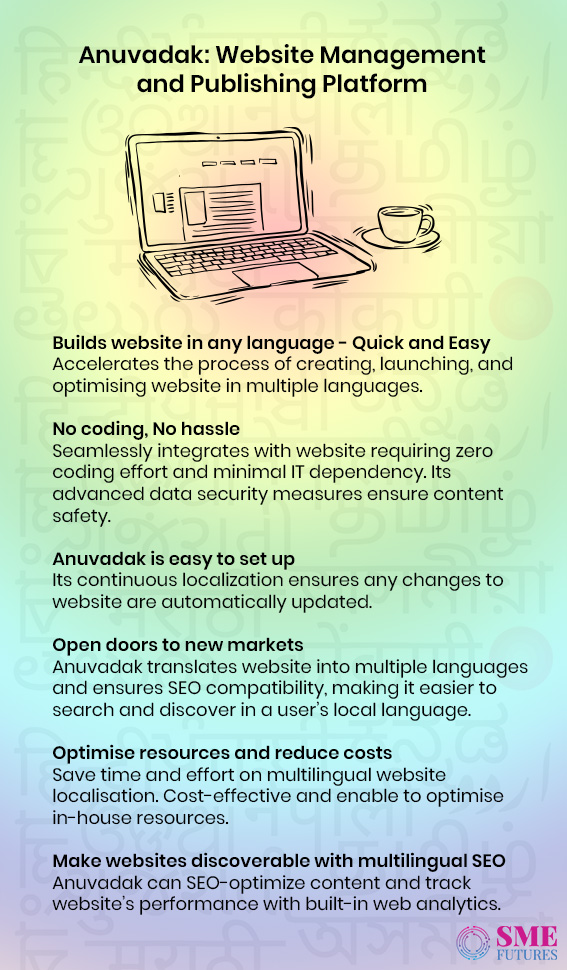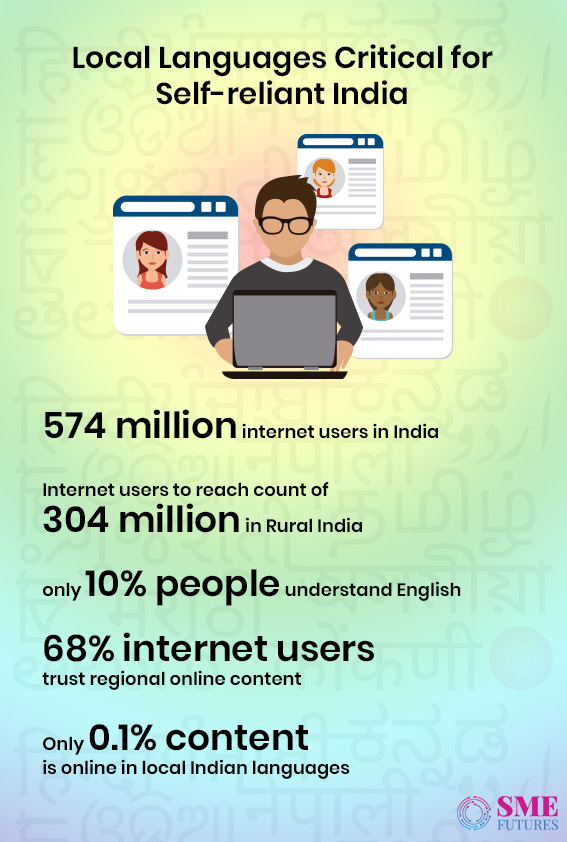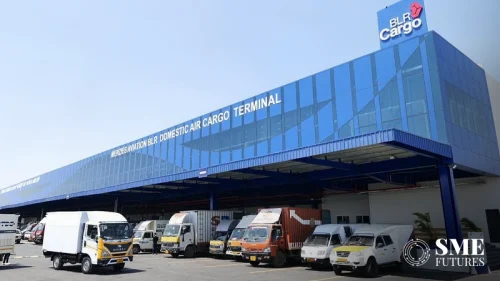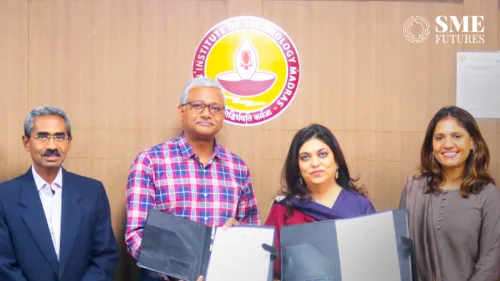2020 is a year of transformation and adapting to changes innovatively. India is witnessing explosive growth in technologies together with reforms in different industries. Digital transformation is on its peak with every firm going online, developing its own website and mobile application with multiple utilities.
Furthermore, the great coronavirus crisis has constricted millions to home, turning them into active netizens. Today, millions of new users are flocking towards internet to buy routine essentials or to work or learn online. According to an analysis, the internet users in India rose to 574 million during this transition.
Surprisingly, rural India has registered more internet users than from urban India. Rural India has 264 million internet users, and this is expected to reach 304 million in 2020. Increased internet usage in the region can be attributed to local language content and videos. The government’s clarion call for Vocal for Local and Atmnirbhar Bharat now appears to have extended to internet websites and platforms too.
This may be because of the reason that language localisation has gained importance among consumers. According to Arvind Pani, CEO and Co-founder at Reverie Language Technologies, the trend is growing. Earlier, the firm was helping out businesses in adopting language localisation and building a language equitable business environment.
The ongoing pandemic is driving fast internet adoption among the millions of previously unconnected Indians. It is helpful in carrying out tasks such as grocery shopping, availing online banking, and healthcare services and more. We are increasingly realizing that the internet is not a luxury but a necessity.
The recent launch of Netflix Hindi user interface is the best example of this newly emerged strategy. Not only Netflix, but other renowned companies such as Amazon, Flipkart, and Instagram all have added Hindi language in their user interface.
The move is not at all a surprise for Indian market where only around 10 per cent people know English language, according per 2011 census. Also, the trend of direct selling and surge in internet users everyday are most persuasive reasons for businesses today to invest in language localisation as a business strategy.
Considering this as a new business model and a strategy to enhance customer experience, locally grown companies are now adopting vernacular languages’ in their sales channel. This further inspired Reverie Language Technologies to design language localisation solutions that supports the digital India movement. Its latest innovation Anuvadak is one of them.
Usage of local language critical for self-reliance
A study by KPMG suggests that 68 per cent internet users trust online content in their local language. Still, internet has only 0.1 per cent content in local Indian languages. Discussing this travesty with SME Futures, Pani expresses his views on why businesses should adapt the language localisation to go #VocalAboutLocal.
He says, “As per the latest May 2020 IAMAI report, rural internet users have surpassed urban internet users by 10 per cent. Through the vocal for local initiative, the government is encouraging consumers to buy from local businesses. But the language barrier is restricting consumers from connecting with businesses online.”
It means there is a vast pool of opportunities while adopting local languages. About 80 per cent of people in India are non-English speakers and 1.3 billion Indians prefer content in local languages. Hence, there is still a huge gap with fewer regional websites and business platforms in languages that most Indians prefer.
This is a major constraint while they use those platforms. Considering these factors, Pani’s firm, Reverie Language Technologies has introduced a platform called Anuvadak which can bridge the gap and mitigate this challenge for businesses. The AI enabled platform is a combination of neural machine translation and a transliteration mechanism which is getting good response from businesses and is helping them to transform themselves.
Anuvadak—Answer to language localisation
Small businesses usually run locally and have a loyal base of customers. However, due to a huge shift in business strategies such businesses have adopted digital business models. Usually a company’s website is the primary source for communication, product-showcasing, and end-user engagement. Hence, it is necessary that a website is discoverable in the customer’s preferred Indian language.
But, most of such websites and digital platform solutions provide their services in just one language. Therefore, Anuvadak came to rescue to bridge this gap and to enhance the reach to 536 million Indian language first customers. It is a platform to publish and manage a website in any language.
Anuvadak initially intended to take away the technical complexities while localising a website. But, lately it has been helping businesses to easily manage all the localised content at one place. This further makes localised websites easily scalable like the source English website.

How Anuvadak works?
Anuvadak extracts English content and translates it through either machine or humans. After the translation, the content is automatically published on a multi-lingual website. Simultaneously, it is hosted on the web servers and as any new content on the source English website is appended. The new content post-translation is automatically reflected on localized websites.
Pani further elaborates features of the platform and how Anuvadak helps businesses in reaping benefits of language localisation. He claims, “Anuvadak is a website publishing and management platform that accelerates the process of creating, optimising, and launching website in any language. The software scales down the website localisation time by 40 per cent and saves up to 60 per cent expenses.”
Reverie launched Anuvadak during the lockdown period. Despite that, it has seen incredible growth in a short period of time. According to Pani, it is more important now to utilise right tools to access unharnessed potential of remote regions of India due to government’s emphasis on #VocalforLocal.
“Anuvadak is one such endeavour that will help businesses to tap the local language users. The biggest example is the Mygov.in website which earlier broadcasted information on Covid-19. It has been published in ten local languages now using Anuvadak to reach out to more citizens. The project resonates with the government’s Digital India initiative,” he adds.
Along with this, Reverie has also helped several government agencies in language localising which includes Government marketplace-GeM, eNAM, and BHIM app. This makes these apps usable it in 11 languages. Practo too fixed communication challenge through Reverie’s language suite. Reverie also enabled Bank of Baroda (Vijaya Bank) in sending about 2.5 million SMS notifications in Kannada and Hindi across four cities.

Anuvadak making businesses more relatable
The Indian market is versatile in nature. With every region, ways of doing business and language change. Arvind Pani explains that businesses are using regional or local languages to attract consumers through traditional marketing since ages. He elaborates, “Many businesses use local languages for offline marketing of products and services. However, when it comes to online communications or platforms, they depend heavily on English.”
The trend is changing rapidly now. Today, most of the firms are looking at expanding their digital presence to build a larger customer base. They are hence looking to design their platforms in vernacular languages. That is primarily because 9 out of 10 internet users prefer content in local language, as mentioned in the KPMG report.
Pani further professes, “Consumers tend to use their local language to search for any product or service online. SEO compatibility in multiple or native languages makes content easily searchable on search engines.” This is where Reverie’s Anuvadak comes to play. Pani then explains how his platform can contribute in the making business more relatable in the vast pool of business platforms and makes them stand apart on the search engine.
“Our product Anuvadak manages and publishes existing or new websites in local languages, making it easy for multilingual websites to be SEO-friendly and easily discoverable online,” Currently, Anuvadak supports all languages and is mainly focused on Indian languages including Hindi, Bengali, Marathi, Telugu, Tamil, Malayalam, Gujarati, Assamese, Punjabi etc.
There are other challenges as well, which can be resolved using Reverie’s Anuvadak. One of the main challenges is that businesses find it difficult to apply local languages online due to Indian-language computing challenges and lack of awareness.
In addition to computational difficulties, the usage of Indian languages online does not deliver the same user experience as that of English. This is because of many reasons such as an Indian-language user might not find it easy to type and search for content in the language of his or her choice.
Lack of varieties in Indian-language font choices or heavy misinterpretation of the words or letters make this more difficult. Speech interfaces for Indian languages are still heavy, slow, and inaccurate for many languages, dialects, and accents.
Reverie’s suite of Indian-language products understands these nuances and difficulties and addresses these problems. Pani tells, “Our scientifically designed text display suite ensures accurate rendering of Indian-language fonts that make it easy for the user to interact in the language of their choice.”
“Our voice suite is customised for businesses as they use industry-specific vocabularies and have been designed and trained on multiple Indian languages and local dialects, including Indian English,” he adds.
Vernacular being the new normal
It is a well-accepted fact that content is the main ingredient of any marketing tool. All businesses produce local language content in their offline promotions through other mass media tools such as TV, newspapers, radios, etc. This is because it is crucial for the survival and outreach of the businesses.
According to Pani, if your customers can’t understand what you are telling them, they cannot and will not buy or trust your products. Along with this, due to surge in the penetration of the internet services across every corner of the country, people are leveraging websites and apps at their best.
Nevertheless, the businesses still lag when it comes to usages of regional languages for online content. Even when the rural internet usage has surpassed urban usage in India, businesses still struggle with adopting local languages because of lack of awareness and various other technical constraints. But, the pandemic has changed this situation.
Now the trend is rapidly changing as the usage in vernacular language is witnessing a surge. There is a heavy demand for producing local language content in many sectors because Indian language users are rapidly increasing on the internet.
Commenting about this, Pani resolves, “During the pandemic, businesses and government organizations saw a huge language gap while reaching out to people on digital platforms. Sectors like healthcare, education, and banking saw demand even during the lockdown. Similarly, many other verticals are focusing on going digital using native languages.”
The road ahead
With 30-35 per cent y-o-y growth, the future of language localisation looks bright. Seeing this opportunity, last year a subsidiary of Reliance industries acquired 83.3 per cent stakes in Reverie for Rs 190 crore. Reliance’s strategic investment has made the firm a pillar of digital India initiative. With this, the firm had evolved from just providing access to Indian-language content through solutions such as Anuvadak to a frontrunner of this campaign.
Reverie is focused on bridging the language divide on the internet. The company has impacted 250 million individuals through their products and services so far. Telling about future roadmap, Pani discusses the plan for the company.
He asserts, “Going forward, we have formulated a mission 3*3 that aims to bring the Internet to the Indian masses. We aim to meaningfully impact at least 500 million Indian lives through various deployments across governments and enterprises.”
Elaborating further on the future, Pani tells that the company aims to create a complete Indian language technology solution to address every aspect of user engagement. He claims, “We want to become the platform of choice for companies and government initiatives to adopt our approach to engage their users.”
“Indian language standards have been influenced or set by foreign companies who do not understand the nuances of our languages. These loosely set standards have created flaws in the data available online. Reverie intends to work with the industry regulatory bodies to establish Indian language standards,” Pani concludes.











